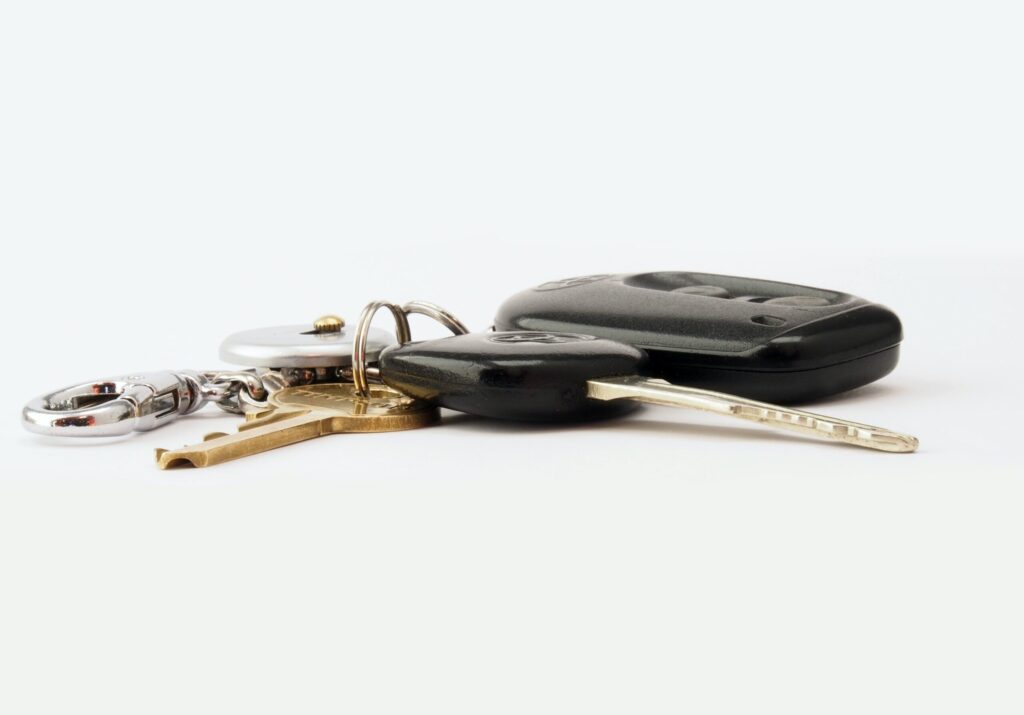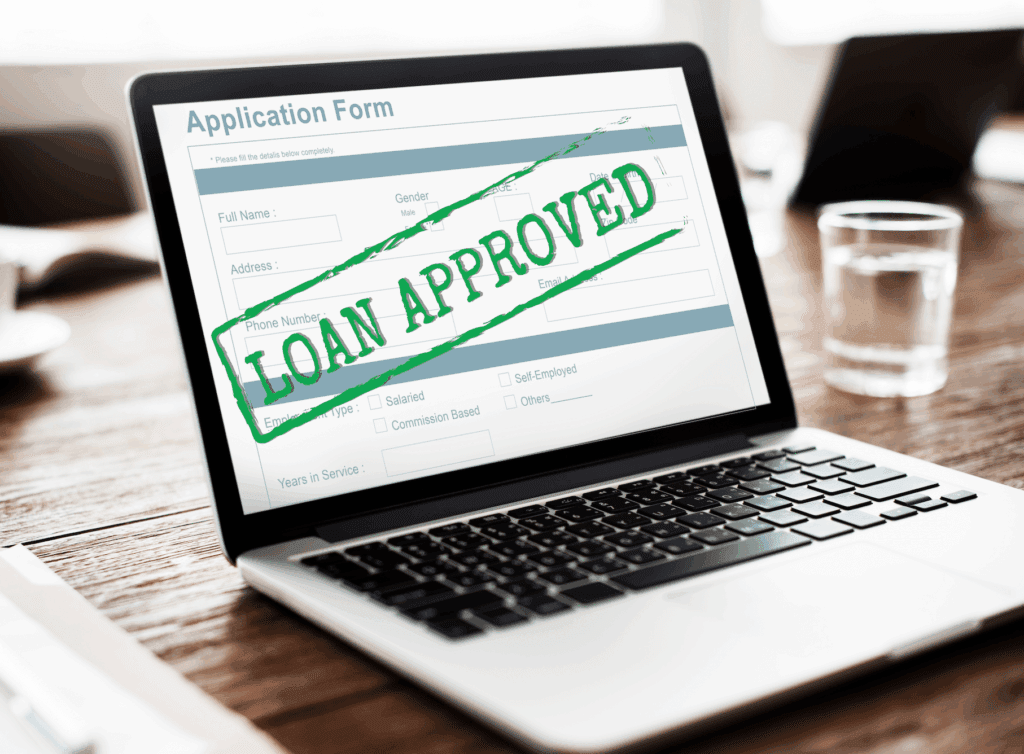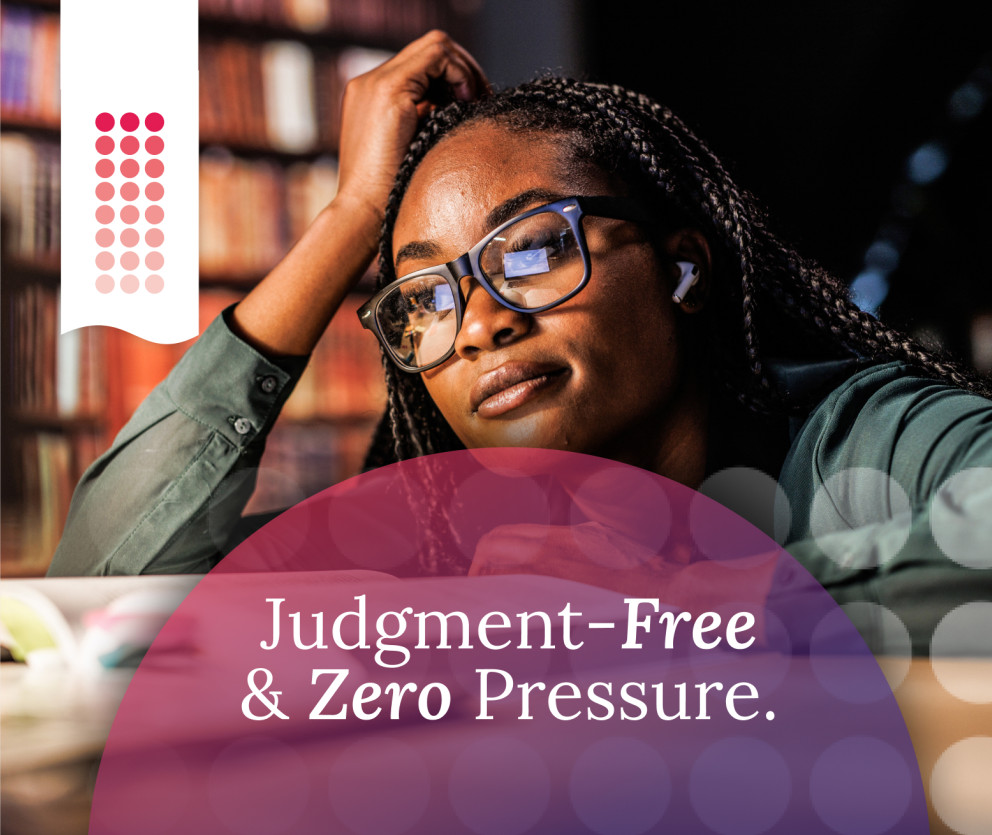Financial difficulties can affect anyone, and it can leave you feeling burdened by a cycle of overwhelming debt. For this reason, it’s unsurprising you might be looking for ways to avoid paying debt. When the weight of unpaid bills, a rising cost of living, and growing interest rates become unbearable, declaring bankruptcy might seem like an appealing option. While it can offer a fresh financial start, bankruptcy isn’t a decision to be made lightly, however. It’s incredibly important to fully understand the implications of bankruptcy, the process involved, and whether it’s the right solution for your financial situation. Many Canadians are unaware that there are a number of bankruptcy alternatives, and so we’ll cover these in this article too.
What is bankruptcy?
Bankruptcy is a legal process that provides both individuals and businesses with a way to eliminate or restructure their debts. In Canada, declaring personal bankruptcy allows those in significant financial distress to erase most of their unsecured debts, such as credit card balances, personal loans, and payday loans, in exchange for surrendering certain assets. It’s the best way to secure a fresh financial future. This process is overseen by a Licensed Insolvency Trustee (LIT), the only professionals in Canada legally authorized to administer bankruptcy cases. While many individuals believe that bankruptcy means you lose everything, this isn’t the case. Every province in Canada has a number of bankruptcy exemptions, allowing you to keep some essential items – see the bankruptcy exemptions by province for 2024.
Can bankruptcy help you avoid paying debt?
Technically, declaring bankruptcy helps individuals escape unmanageable debts, but it’s essential to recognize that bankruptcy isn’t a way to simply ‘avoid paying debt’. It’s a structured process aimed at offering debt relief to those who genuinely cannot repay what they owe. While many debts can be discharged, not all debts are forgiven through bankruptcy. Certain obligations, like alimony, child support, court fines, and student loans (under certain conditions), must still be repaid. Filing for bankruptcy also comes with significant consequences, both financial and personal. Let’s explore the key considerations.
The pros of declaring bankruptcy in Canada
Here are some of the key advantages of declaring bankruptcy in Canada:
Eliminating unsecured debt
Bankruptcy allows you to eliminate most unsecured debts, offering you a clean slate. This can relieve the immediate financial pressure and help you rebuild your finances over time.
Legal protection from creditors
Once you declare bankruptcy, an automatic ‘stay of proceedings‘ comes into effect. This prevents creditors from taking legal action against you, including wage garnishment and collection efforts.
Stress relief
For many Canadians, the biggest benefit of declaring bankruptcy is the peace of mind it brings. The constant calls from creditors, the fear of losing assets, and the overall anxiety that comes with severe debt can finally be put to rest.
The cons of declaring bankruptcy
On the other hand, here are some of the disadvantages of filing bankruptcy in Canada:
Impact on credit score
Declaring bankruptcy will severely impact your credit score, typically dropping it to the lowest level possible. A record of your bankruptcy will stay on your credit report for 6-7 years (or longer, if you file for bankruptcy more than once), making it difficult to obtain credit, secure loans, or even rent a home in the future.
Loss of assets
While bankruptcy helps you eliminate debt, it comes at a cost. You may be required to surrender valuable assets, such as property or investments, depending on provincial exemptions. Some personal assets, like basic household items and a modest vehicle, are typically protected, but it’s important to understand what you may lose. If you’re due to lose a lot of assets, filing a consumer proposal may be a preferential option for debt relief.
Not all debts are erased
Not all debts are discharged in bankruptcy. Secured debts (any debt affiliated with a specific asset), like mortgages and car loans, must still be paid if you wish to keep the property tied to these loans.
Public record
Bankruptcy filings are a matter of public record, meaning that anyone can access information about your financial situation. This can be embarrassing or uncomfortable for some individuals.
What are the alternatives to bankruptcy?
Bankruptcy is not the only option when it comes to debt relief. Other solutions, like consumer proposals or debt consolidation, may help you avoid the more severe consequences of bankruptcy while still reducing your financial burden.
Consumer proposal
A consumer proposal is a formal agreement between you and your creditors to repay a portion of your debt over a set period, often at a reduced amount. This option allows you to retain your assets and avoid the harshest impacts on your credit score, but it still requires you to commit to a structured repayment plan. At Spergel, we have a 99% acceptance rate on any consumer proposals we file, and we are able to reduce most debts in a consumer proposal by up to 80%.
Debt consolidation
Debt consolidation involves combining multiple debts into a single loan with a lower interest rate. While this won’t reduce the amount you owe, it simplifies your payments and can reduce the overall interest paid on your debt.
Is bankruptcy right for you?
If you’re unable to keep up with your payments, bankruptcy might seem like the easiest path forward, but it’s crucial to evaluate your full financial situation. Bankruptcy should be considered a last resort when all other avenues of debt relief have been explored. Consulting with a reputable Licensed Insolvency Trustee is the first step in determining whether bankruptcy or an alternative solution is the right fit for your unique financial circumstances. At Spergel, we offer free no-obligation consultations where our experienced Licensed Insolvency Trustees will review your personal finances and advise you on the best path forward.
Declaring bankruptcy to avoid paying debt: FAQs
Here are some of the most common questions we receive about declaring bankruptcy to avoid paying debt:
Does bankruptcy clear all debt in Canada?
No, bankruptcy in Canada does not clear all debt. While it eliminates most unsecured debts like credit cards and personal loans, certain obligations such as alimony, child support, court fines, and student loans (if less than seven years old) cannot be discharged. Secured debts, like mortgages, also remain if you want to keep the associated property.
What cannot be included in bankruptcy in Canada?
Certain debts cannot be included in bankruptcy. These include alimony and child support payments, court-imposed fines or penalties, debts arising from fraud, and student loans if they are less than seven years old. Additionally, secured debts, like mortgages and car loans, are not automatically discharged if you wish to retain the related property.
What can you not do after filing bankruptcy in Canada?
After filing for bankruptcy in Canada, there are several limitations you’ll face. You can’t borrow more than $1,000 without informing the lender about your bankruptcy status. Your credit score will take a significant hit, making it difficult to obtain new credit or loans. Additionally, you may be required to surrender certain assets, and you’ll need to follow specific financial reporting rules and obligations set by your Licensed Insolvency Trustee until you’re discharged from bankruptcy. You may also be restricted from serving as a director of a corporation during the bankruptcy period.
Declaring bankruptcy can provide relief to those overwhelmed by debt, but it comes with long-term consequences that should not be overlooked. While it can eliminate most unsecured debts and enable you to avoid paying debt, it can also negatively impact your credit and require the loss of certain assets. If you’re struggling with unmanageable debt, contact us today for a confidential consultation and take the first step toward financial freedom.



















